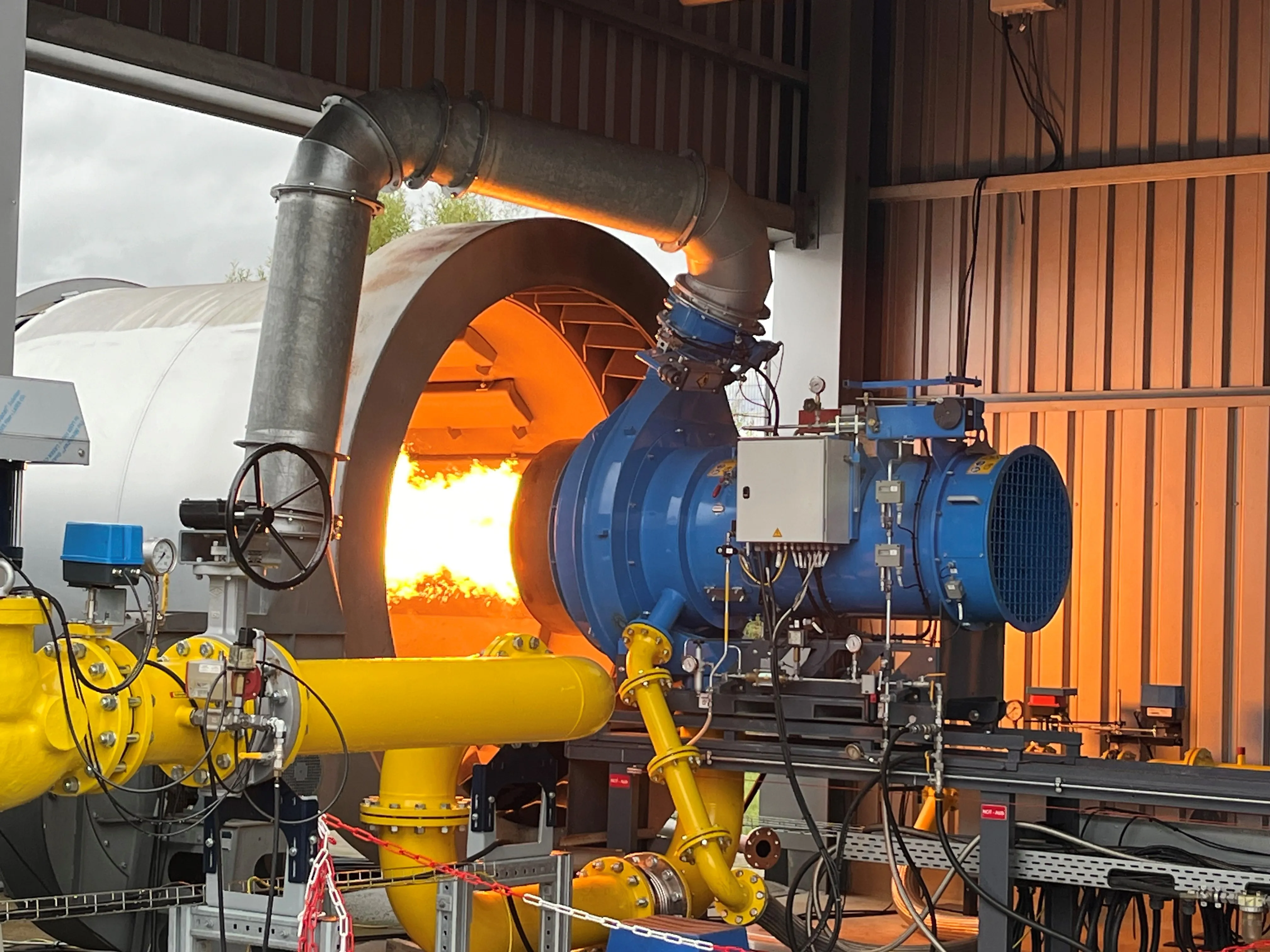Nynas is investing nearly €2.7 million in new research and development facilities at the company's refinery in Nynäshamn. This investment forms part of the company's ongoing expansion in the world market for specialty oils. The new research and development lab is, in principle, a smaller version of Nynas' full-scale hydrogenation facility. Hydrogenation is one of Nynas' central processes, in which various oil distillates are purified from sulphur and aromatic hydrocarbons using hydrogen gas. Hydrogenation r
July 12, 2012
Read time: 1 min








